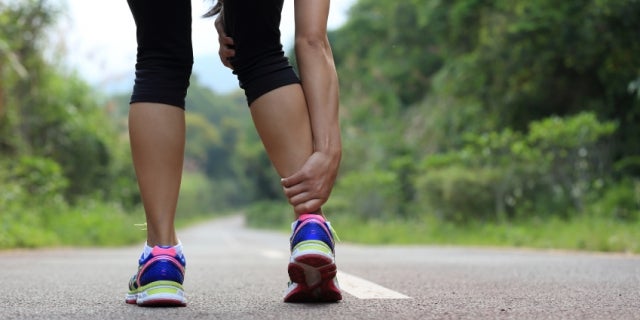
PAD is a narrowing or blockage in the blood vessels in the legs, which slows the blood flow to the legs and feet. It affects as many as 8 to 12 million Americans. When PAD occurs, a lack of blood flow makes it more difficult for wounds or ulcers to heal, because they are not getting the oxygen they need to speed recovery. PAD also raises the risk of heart attack or stroke, just as a blockage in an artery in the heart increases the risk.
Signs of PAD
Since plaque buildup in the legs may not present any symptoms, some people have PAD and do not know it. However, others may experience symptoms that can vary from subtle to more severe, including:
Wound that does not heal
Pain or cramping in the legs (especially after walking or climbing stairs)
Numbness or weakness in the legs
Lower leg or foot is cool to the touch (compared to other leg)
Change of color in the legs
Slower growth of hair or toenails
No or weak pulse in the legs or feet
Don’t Smoke
According to the American College of Physicians, smoking is one of the biggest risk factors for PAD. Smokers are diagnosed with PAD up to 10 years earlier than non-smokers. The Peripheral Arterial Disease Coalition says the risk of PAD increases by 30 percent if you smoke half a pack of cigarettes per day.
Diabetes and PAD
People with diabetes are two to four times more likely to have PAD than non-diabetics. The risk of developing PAD is even greater for African American or Hispanic diabetics. Diabetics with PAD need to control their diabetes by regulating blood glucose, blood pressure and cholesterol levels. Other risk factors for PAD include:
High blood levels of LDL cholesterol and triglycerides
Low blood levels of HDL cholesterol
Obesity
Physical inactivity
Interventional Treatment of PAD for Better Wound Care Management
Revascularization through surgery, angioplasty, stenting, and atherectomy opens the narrowing or blockage in the blood vessels. It can also improve leg pain, walking distance and quality of life.
Hyperbaric Oxygen Therapy
For PAD patients with hard-to-treat wounds, hyperbaric oxygen therapy helps promote wound healing by stimulating small blood vessel growth, promoting new skin growth and helping to fight infection.
To learn more about PAD and treatment available, please click here.
